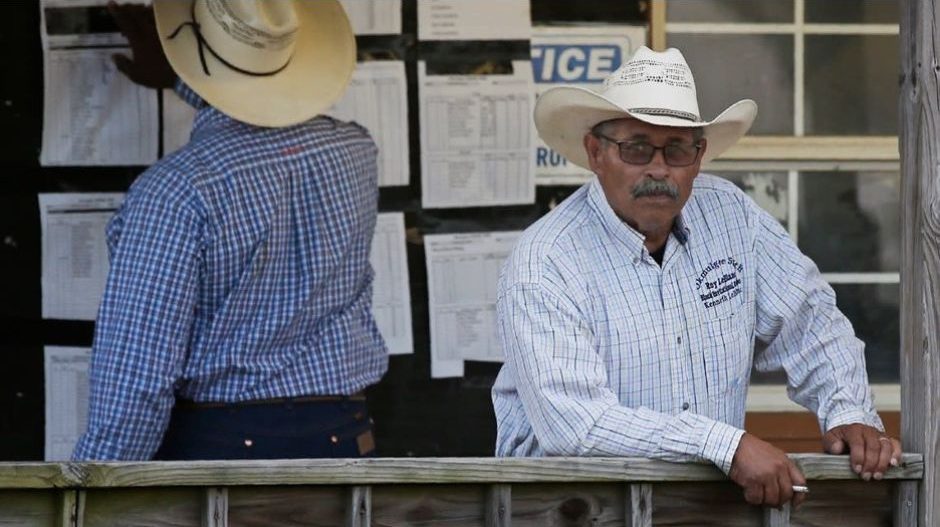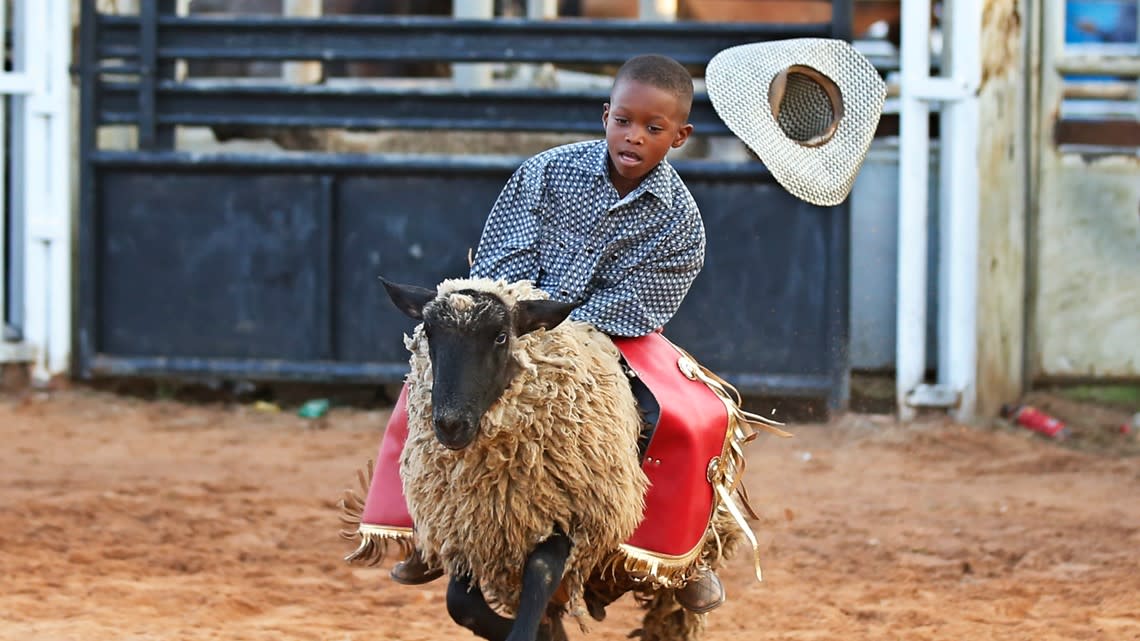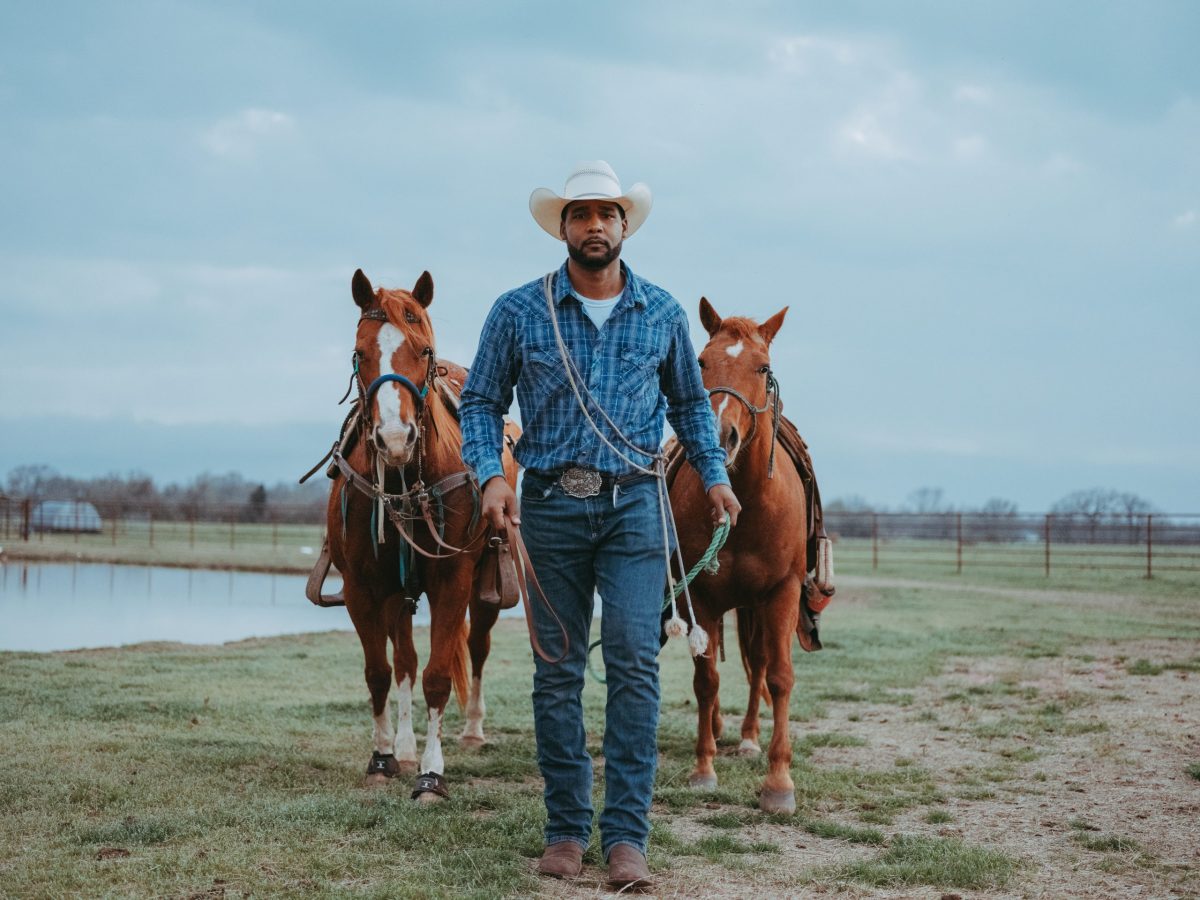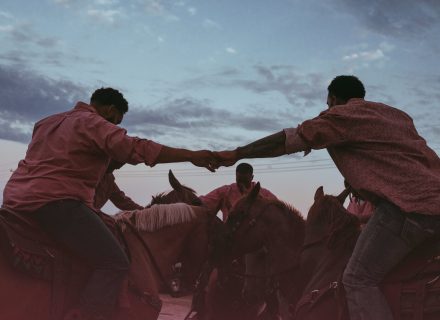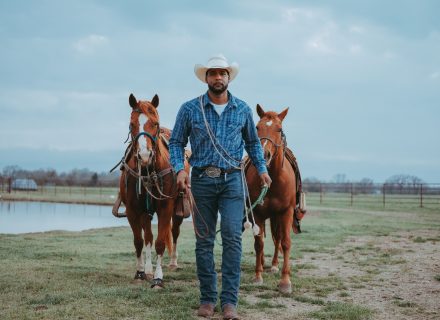The Roy LeBlanc Invitational Rodeo began with an offhand remark. Sixty-nine years later, top-tier rodeo athletes continue to gather in Oklahoma for a tradition like no other.
It all started with a suggestion that didn’t sit well with the late Charles LeBlanc.
In Okmulgee, Oklahoma, in the mid-1950s, Black rodeo contestants weren’t allowed to perform during what was then the Powwow Rodeo. Black cowboys could only perform after the main rodeo. LeBlanc, whose son Roy had entered the calf roping event, asked a rodeo official where he could sit.
“They had a section that was roped off that said Colored Section,” says Kenneth LeBlanc, Roy’s son. “My grandfather, the first thing he asked them, ‘Why do y’all have it sectioned off?’ The guy said, ‘Well, I thought y’all would feel more comfortable sitting with your own people.’ My grandpa told him: ‘Hell, I’m comfortable with wherever I sit at. I came to see a rodeo.’”
This prompted Charles and Roy LeBlanc to team up with 22 Black businessmen, teachers, farmers, and ranchers to start their own rodeo, the Okmulgee County Rodeo, which evolved into the Roy LeBlanc Invitational Rodeo.
The rodeo kicks off its 69th edition on August 9 with a two-day run on August 9 at the Bob Arrington Arena in Okmulgee, capital of the Muscogee (Creek) Nation reservation. Events are bull riding, calf roping, ladies barrel racing, ladies steer undecorating, Pony Express, ranch bronc riding, steer wrestling, team roping, junior barrel racing, and junior breakaway.
Kenneth LeBlanc assumed the rodeo’s reins shortly after his father died in 2009. Today, the rodeo is billed as the oldest continuously held rodeo of its type in the nation.
The rodeo, which has a $12,000-added money purse, is an eastern Oklahoma tradition that celebrates the Western lifestyle with competition and a weekend of family reunions, barbecues, turkey legs, and hip-hop music.
It’s come a long way from its beginnings. Years ago, LeBlanc says, local law officials would routinely pull over contestants and fans they suspected were headed to the rodeo. “Then, finally, about 10 to 15 years ago, the city realized the income that could be made from what we were doing and started backing the rodeo.”
Over the years, the rodeo has attracted many of the nation’s best Black rodeo competitors. The event has also left an impression in other ways.
Photographer Ivan McClellan told C&I that the rodeo inspired him to create Eight Seconds, a photography project that “aims to expand the cowboy icon to include people of color.”
It took him one visit in 105-degree heat to realize the rodeo exposed him to a segment of Black culture that he had no clue existed.
“As far as cultural impact,” McClellan told NPR, “there’s nothing like the Roy LeBlanc Invitational Rodeo.”
“As I got to talk to people and see people that were there riding horses that went to the same high school as me, and that people knew my grandma — I realized that it was not only cowboy culture, it was my culture,” he said. “It was really a part of who I am. It changed my definition of home. It changed me for good in a lot of ways.”
Others also have taken notice.
The rodeo became a pop-culture reference thanks to a mention in an episode of The Simpsons in 2023 when Carl Carlson, a Black character searching for his roots, discovered his father had won a belt buckle at the Okmulgee Black Rodeo.
The rodeo grounds were featured in the 2019 movie Bull, which tells the story of an aging Black bull rider’s relationship with a teen from a broken home. In his 2021 book Black Cowboys of Rodeo, Keith Ryan Cartwright detailed the LeBlanc Rodeo in a chapter.
Heading into this year’s rodeo, LeBlanc has been working the phones with people from New York to Seattle and been finding people crave knowing more. “It’s on their bucket list because they’ve seen so much about it on ESPN and in different venues.”
PHOTOGRAPHY: Courtesy of Kenneth LeBlanc







